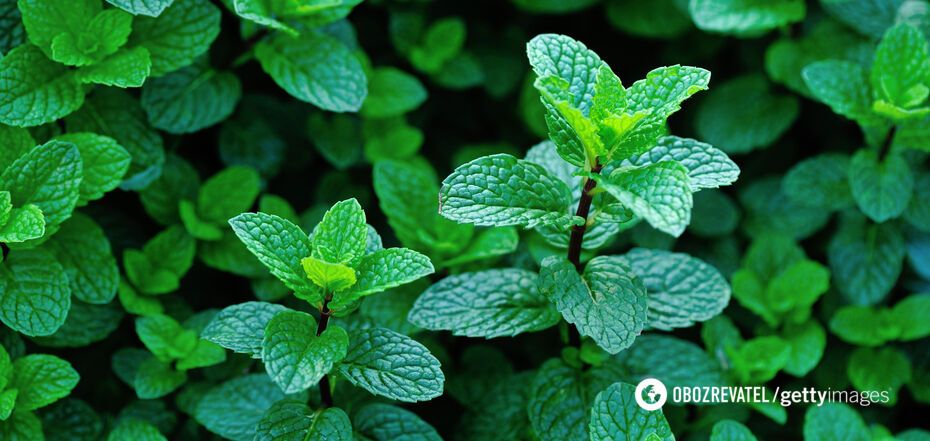LS Food
Peppermint: a nutritionist describes its beneficial properties and contraindications
Peppermint is one of the plants most commonly used to maintain and protect the body. It is valuable not only for the digestive system but also in case of flu or colds.
To learn more about its beneficial properties and contraindications, OBOZREVATEL suggests reading the information published on ilgiornaledelcibo.it.
According to nutritionist Francesca Evangelista, due to its countless beneficial properties and the presence of various substances, including menthol, monoterpenes, tannins, triterpenes, flavonoids, and oleanolic acid, peppermint is very often used in the field of herbal medicine.
Properties for the body
Peppermint helps digestion, counteracts bloating, and relieves symptoms of irritable bowel. It also has a laxative effect for those who suffer from constipation and an antispasmodic (relaxing) effect on muscles, relieving pain at the gastrointestinal level. In addition, peppermint counteracts the effects of intestinal fermentation and fights bad breath.
A precious ally against diseases
Peppermint is effective for flu and colds because the menthol it contains is able to remove mucus from the respiratory tract. This plant has carminative, antiseptic, and anti-inflammatory properties, and also strengthens the immune system due to the presence of vitamin C.
In addition, mint is an important ally for other common illnesses and diseases, such as headaches. In fact, it has a relaxing effect: in this case, peppermint is inhaled, as this reduces pressure on the paranasal sinuses, or rubbed in the form of oil at the level of the temples, having a calming effect on the muscles.
It is also used directly on the skin. In these cases, it is recommended for irritations, especially after insect bites, or for skin rashes and sunburns.
How to benefit from the properties of mint
Mint can be used in the kitchen both fresh and dried. In particular, the flowers and leaves are harvested in July and August and left to dry in the open air. As an aromatic herb, it adds flavor to a variety of dishes, including salads, vegetables, cereals, and legumes. It is also used to make herbal tea by adding 2 teaspoons to a cup of boiled water and leaving it for 15 minutes before filtering.
In addition, a cold infusion is suitable for the summer (leave the mint with water at room temperature for at least 6 hours) or hot (prepare it in the usual way and then cool it with ice: in this case, it is important to reduce the amount of water, given the fact that ice will dilute the drink). In both cases, it is better to filter the infusion before drinking. It is recommended to drink up to 500 ml of peppermint herbal tea daily.
Does peppermint have any contraindications?
Sometimes it can cause nausea, dizziness, vomiting, and reflux. Therefore, it should be avoided in case of gastritis. On the other hand, its use is indicated to counteract peptic ulcers. However, mint is definitely not recommended during pregnancy, breastfeeding, in case of thyroid problems, and in the presence of glaucoma. Moreover, its laxative effect should not be underestimated, so it is best avoided by those suffering from severe colitis or dysentery.



























